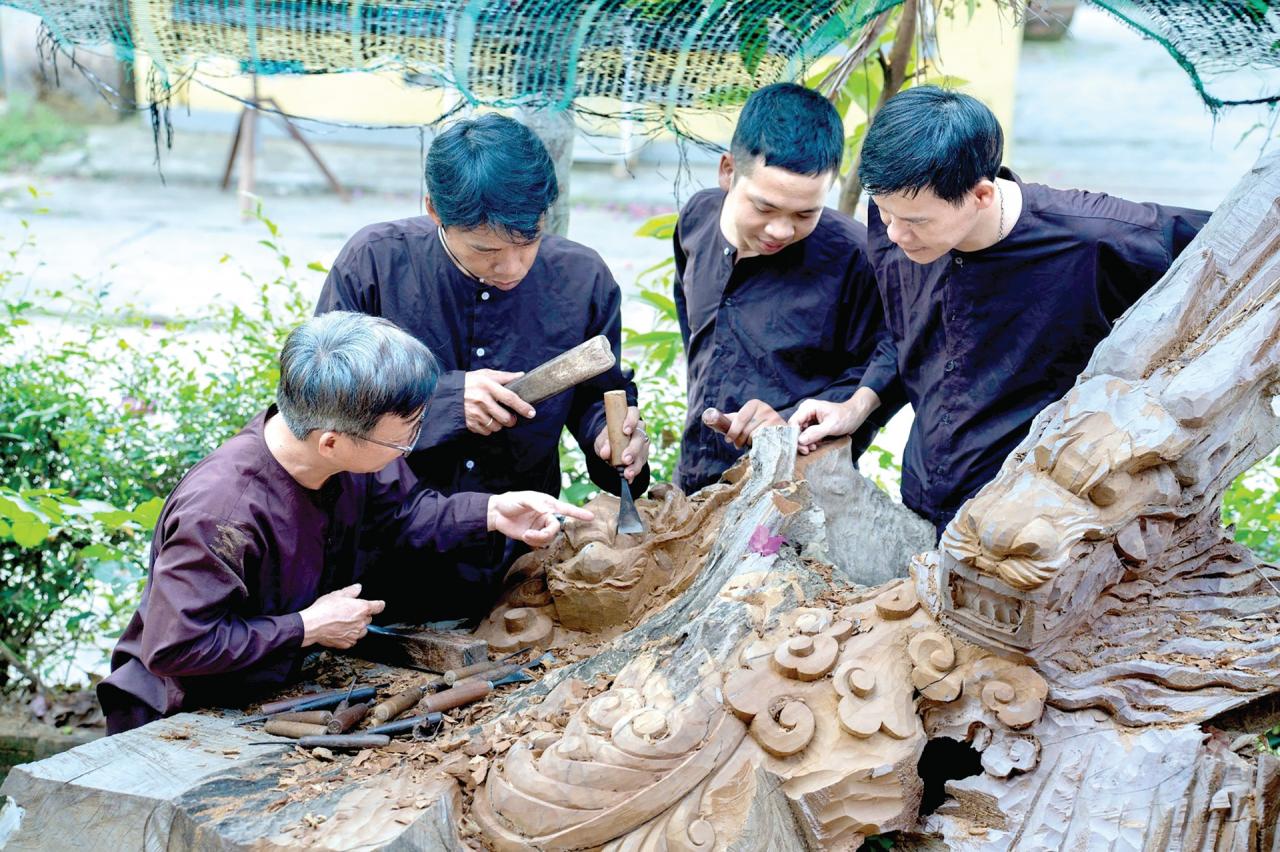
But first and foremost, the activities of craft villages are economic activities. And economic laws do not depend on the subjective will of people.
Hundred years of vicissitudes
My childhood was familiar with the bustling sound of the river in my hometown after sunset. Every day, when the sun has just set behind the mountains, a peaceful stretch of river becomes unusually lively.
Dozens, sometimes hundreds of villagers flock to the riverbank, carrying rudimentary fishing tools such as: baskets, traps, nets, gurgles, nets, nets, traps... (fishing tools). Voices, laughter and all kinds of sounds from the tools hitting the water surface resound throughout the river.
The bamboo weaving village of Xom Bau (Duy Thanh commune, Duy Xuyen) was famous throughout the region at that time. Almost all the old, young, women and men participated in the production stages of the village's products.
All kinds: from daily household tools to production tools, fishing tools are all made from bamboo; and hundreds of products of the village spread everywhere.
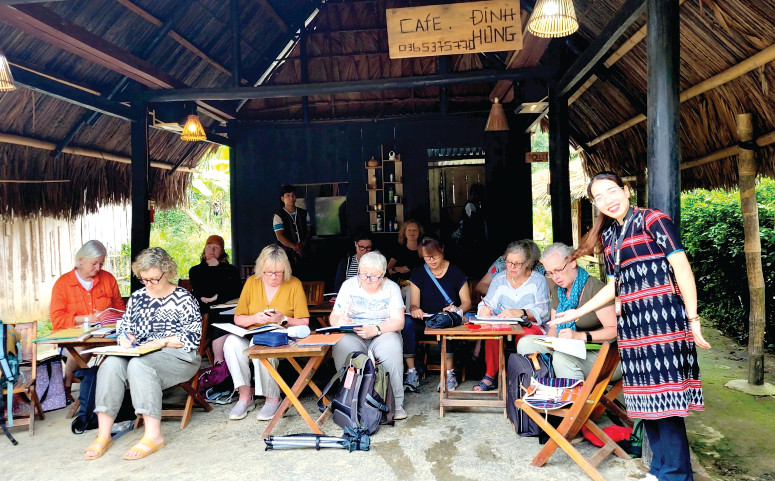
The construction of new rural areas and the increasingly vibrant process of economic integration and development go hand in hand with the decline and decline of the bamboo weaving craft village in Xom Bau. In my village and many other villages, the bamboo rows are gradually thinning out.
The old people expressed regret and wanted to keep a few bamboo bushes in their garden so that when they died they would have a “bondage” string, but in the end they could not keep it. Over time, the “bondage” no longer needed bamboo strings to tie them, just as children no longer needed bamboo cradles…
In early 1990, I had a graduation internship at Kim Bong carpentry village (Hoi An). Although the renovation had only begun a few years ago, the village’s old artisans expressed concern about the lack of successors to a craft village that had been famous for hundreds of years.
"Now the kids have a lot of work to do, there will come a time when no one will follow their fathers' profession anymore" - an old artisan sadly said.
Duy Vinh sedge mats; Van Ha carpentry; Xom Bau, Tam Vinh bamboo weaving; Duy Trinh silk weaving;… and many other famous traditional craft villages throughout Quang Nam have withered, disappeared, or are slowly dying?
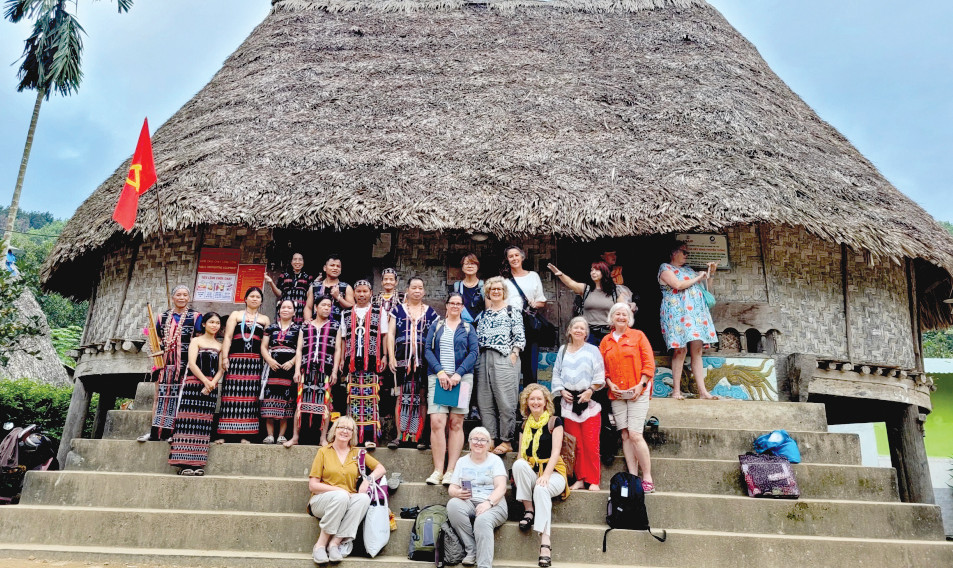
Keeping the "fire" and developing craft villages
The diversity in the process of forming the origin of residents along with the economic, technological, cultural, exchange and integration advances have helped Quang Nam become famous as the “land of a hundred professions”. That is the pride, the cultural capital and the important material luggage for Quang Nam to continue moving forward on the journey of industrialization and integration.
There have been many projects and efforts from all levels, sectors, localities and people to restore, maintain and develop craft villages.
But first and foremost, the birth, existence, development or extinction of craft village products and handicrafts are always closely linked to the changes in economic and social life and human civilization. The more international integration and exchange expands, the more opportunities and challenges there are for each craft village.
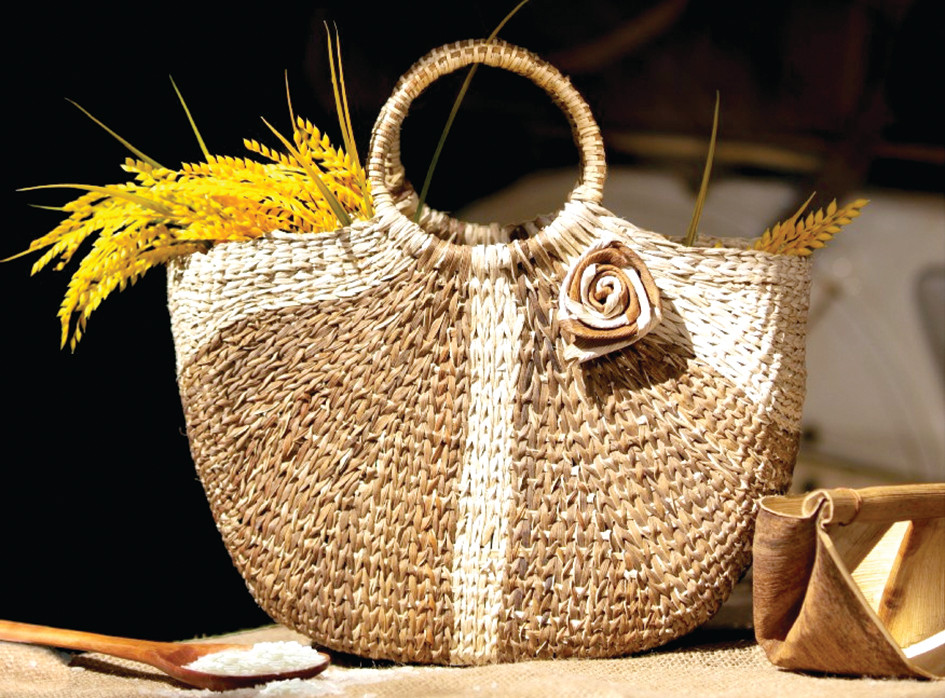
The exhibition house, introducing the products of the traditional bronze casting craft village of Dien Phuong and many similar "houses" in other craft villages in the province from several decades ago, each costing hundreds of millions of dong, have become deserted for many years.
Many machines and production support equipment invested in Duy Vinh sedge mat village and Nam Phuoc weaving village are no longer useful. Not to mention, there are many other forms of support to restore and develop traditional craft villages in the localities but they still cannot save the existence of many craft villages.
Recently, many opinions continue to call for support for craft villages in terms of preferential loans, trademark registration, product advertising, especially investment in innovative technological equipment to increase production capacity and competitiveness in the market.
The reason is that the production entities of craft villages (cooperatives, production households) are all small and micro enterprises, so they need a lot of support. Is this right and necessary for all craft villages?
The answer should probably start with market signals and cultural values hidden in each product of traditional craft villages. Basically, the existence and development of each craft village is different. It depends on the specific input factors of each craft village (production materials, skill level, cultural identity).
In particular, the output of products of most traditional craft villages is niche markets, not mass-market like industrial products. Therefore, not all craft villages need to invest in the same way.
We should not force ourselves to invest in craft villages whose products no longer have any reason to exist in the market. It is even more unnecessary to invest in supporting craft villages in a hasty, superficial, subjective way, tailoring "uniforms" for craft villages.
Finale…
At the end of last year, while walking through the spring fair at the provincial Cultural Center, I happened to meet a descendant of Kim Bong carpentry village. A young man presented unique, handcrafted wood carvings. “I still follow my father’s carpentry profession, but my products are unique and picky about customers. However, there is still an outlet,” the young man proudly said.

The bamboo weaving profession in many villages in Quang Nam has either died out or is in decline, but many bamboo craftsmen in Cam Thanh village (Hoi An) are still living well with bamboo handicraft products, or hotels and restaurants are springing up more and more in Hoi An, Da Nang, etc.
Up in the ancient village of Loc Yen (Tien Phuoc), a completely new handicraft village has recently appeared - the craft of producing household products from... areca spathe!
I remember more than ten years ago, I had the opportunity to visit a traditional silk product factory in Hangzhou (China).
It is just a small facility with a few dozen workers, but surprisingly, the story of its birth, development history and product manufacturing stages are recreated very vividly and attractively through many visual images here.
So much so that each tourist in the group, before leaving, had a few things in hand, even though they knew they were very expensive compared to similar products on the market made from industrial factories.
And in the age of electronic and digital technology, in the land of Swiss watches, craftsmen still painstakingly and meticulously craft watches that cost tens of thousands of dollars.
Somehow, traditional craft villages and handicrafts always have their own path….
The issue is how we approach, push, and even don't hold on.
Source: https://baoquangnam.vn/tu-duy-lang-nghe-thoi-hoi-nhap-3141108.html


![[Photo] Moment of love: Myanmar people are moved to thank Vietnamese soldiers](https://vstatic.vietnam.vn/vietnam/resource/IMAGE/2025/4/3/9b2e07196eb14aa5aacb1bc9e067ae6f)
![[Photo] General Secretary To Lam receives Japanese Ambassador to Vietnam Ito Naoki](https://vstatic.vietnam.vn/vietnam/resource/IMAGE/2025/4/3/3a5d233bc09d4928ac9bfed97674be98)



![[Photo] Special relics at the Vietnam Military History Museum associated with the heroic April 30th](https://vstatic.vietnam.vn/vietnam/resource/IMAGE/2025/4/3/a49d65b17b804e398de42bc2caba8368)
![[Podcast] News on March 24, 2025](https://vstatic.vietnam.vn/vietnam/resource/IMAGE/2025/4/3/f5fa1c3a9ae14d4590ac6965d233586b)

















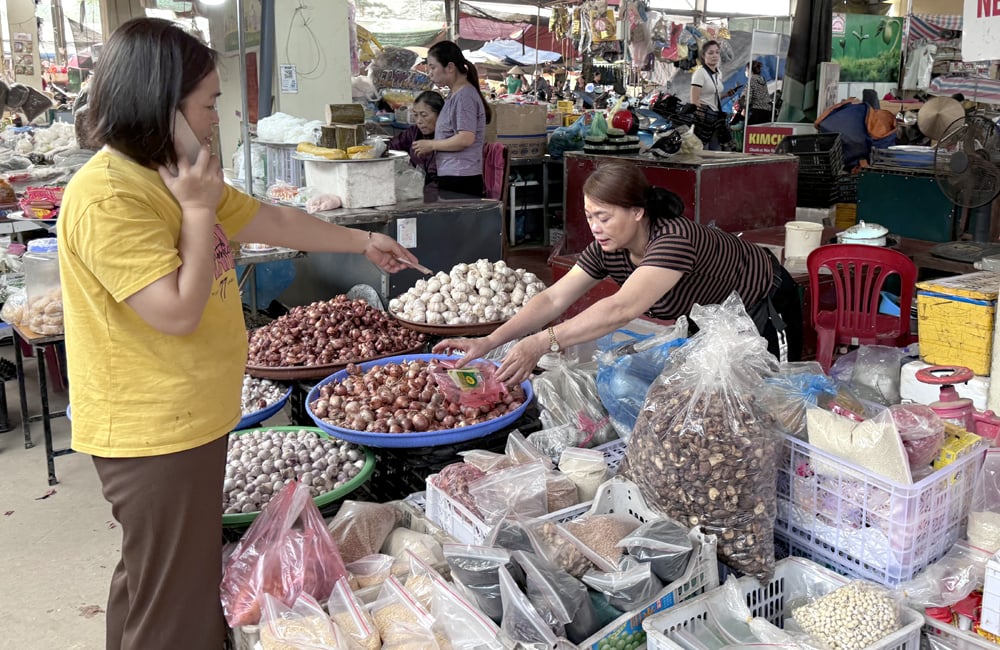
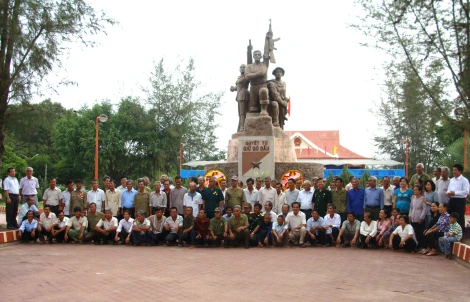
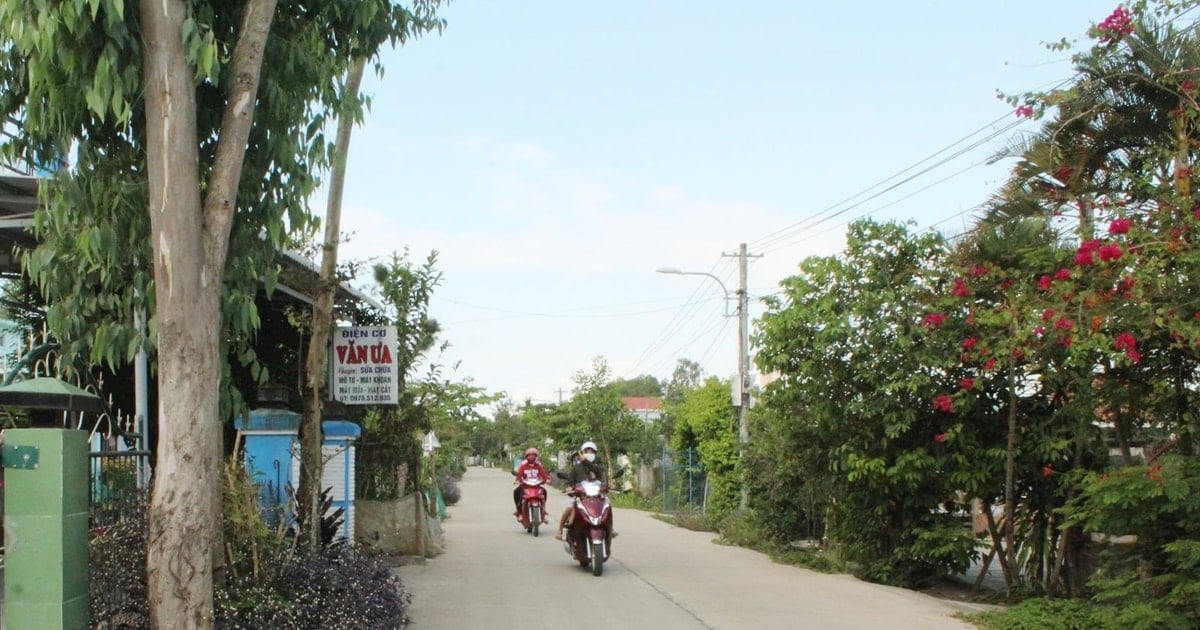


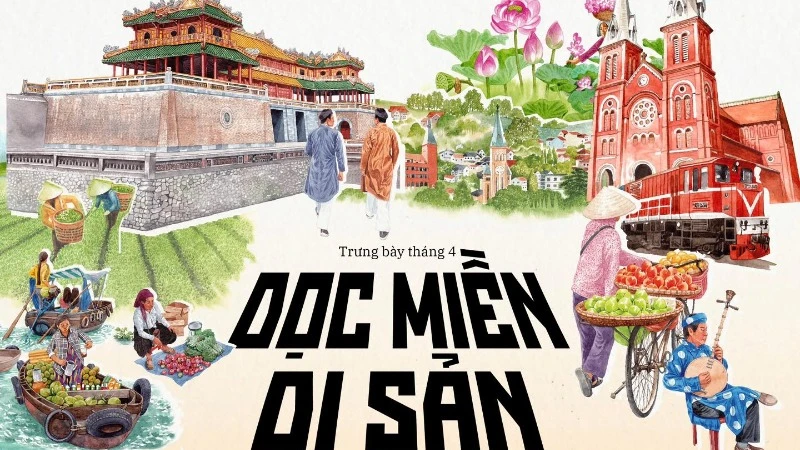




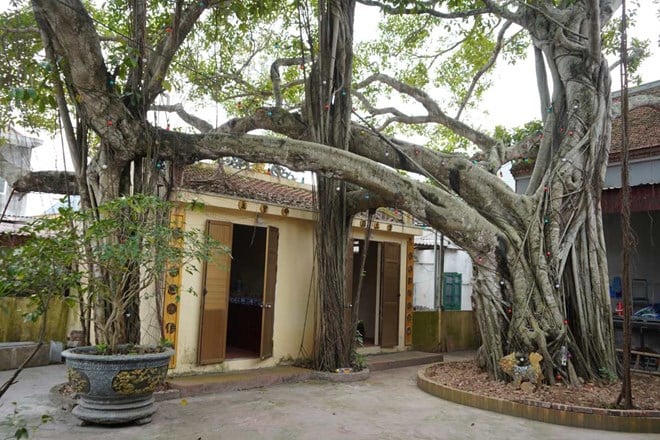



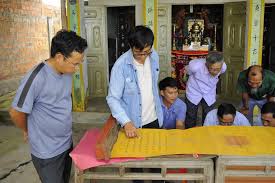

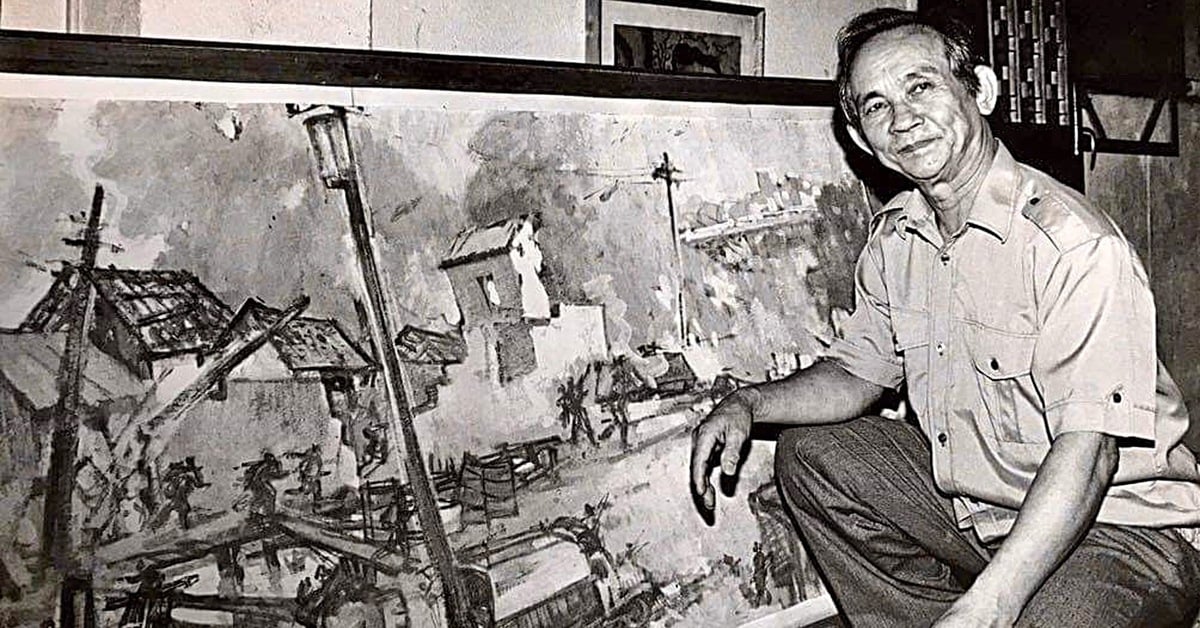



















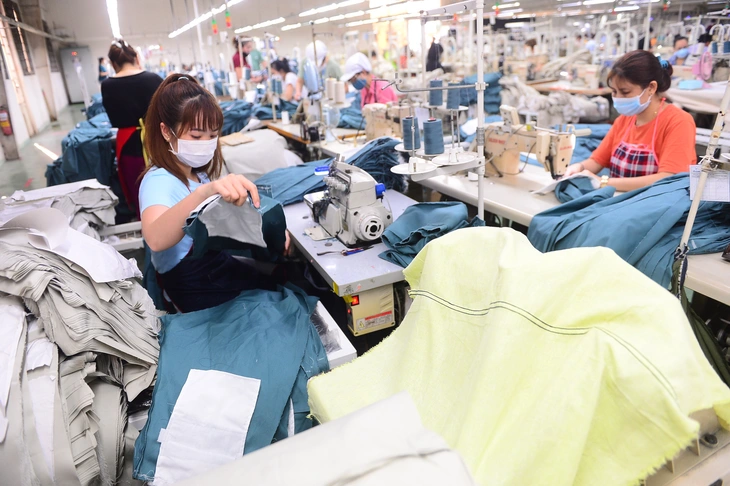


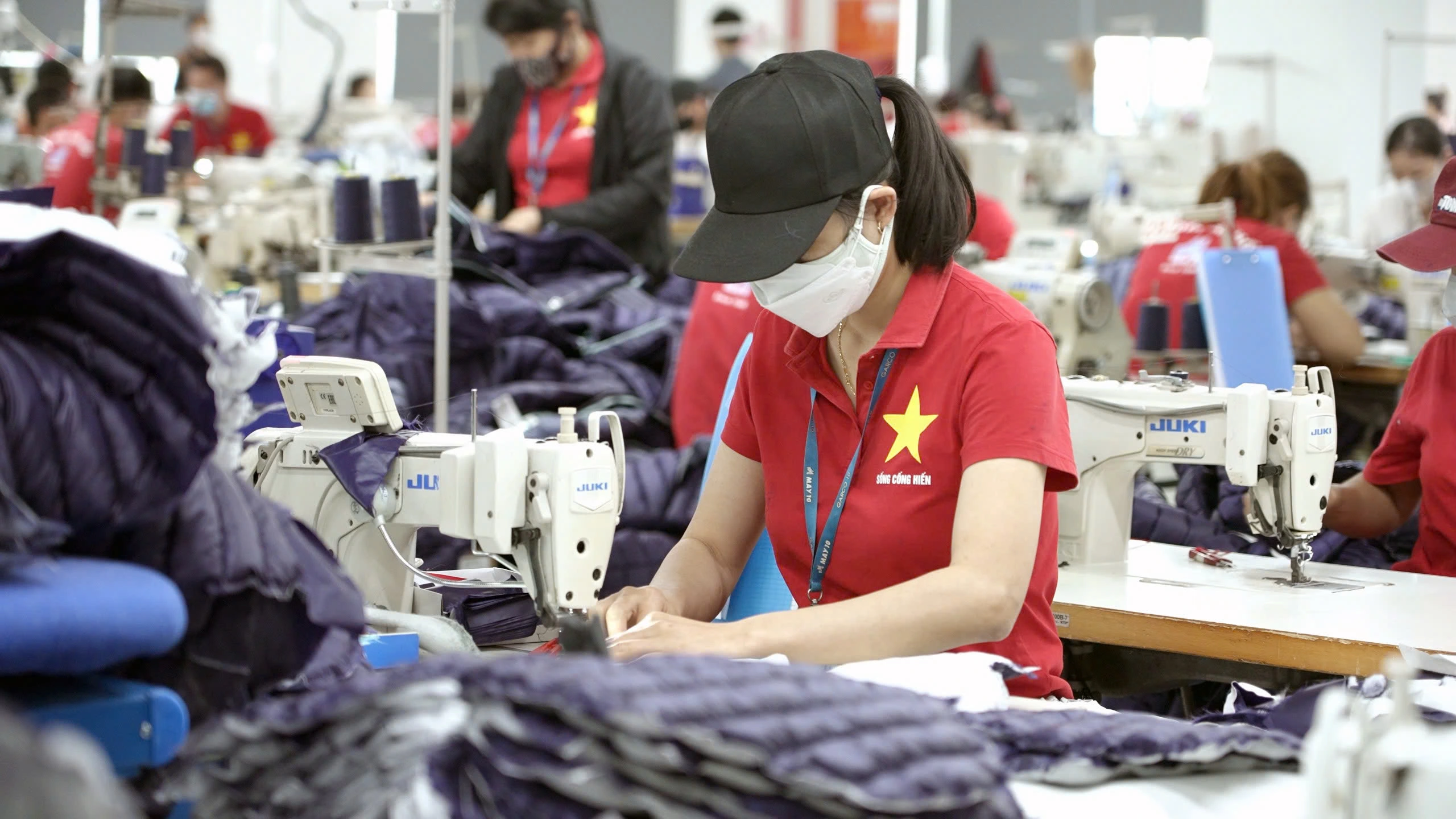







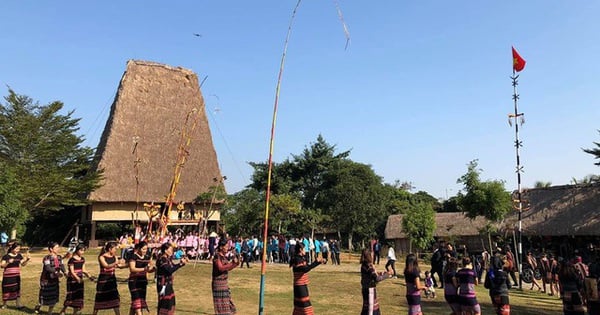

















Comment (0)